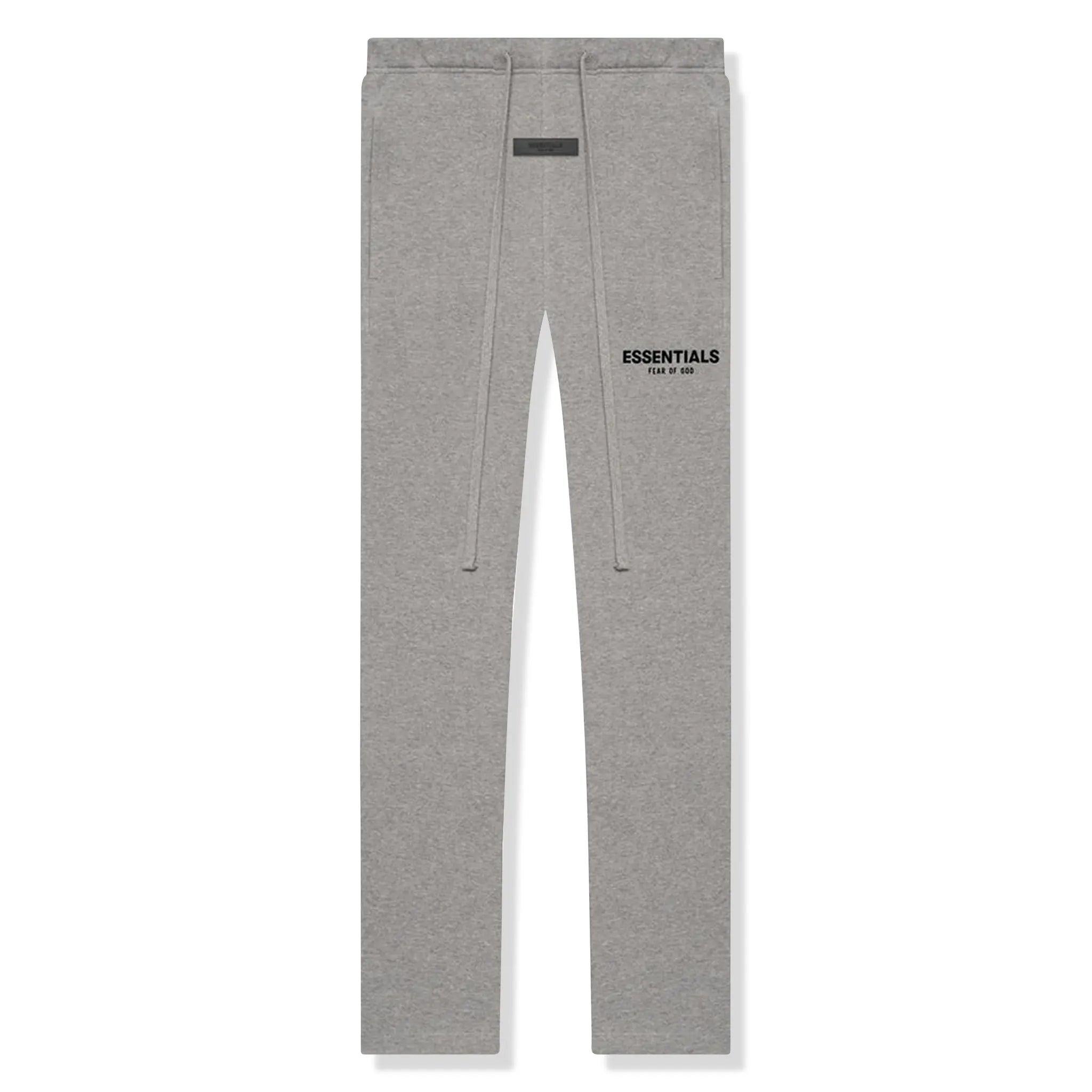Whether you follow the world of fashion or not, there’s no doubt that you’re already familiar with the name Dior. Founded in 1946, the Parisian fashion house is one of the world’s most renowned labels, famed for crafting exquisite menswear, womenswear, perfumes and more. The brand sits within the realm of elite luxury labels and is only stocked in the world’s most respected retailers. The brand holds a long and rich history and has created many culturally relevant collections over the years, with many respected names working stints at the prestigious fashion house.
Here at Crepslocker we’re proud to stock a vast Dior selection and also consider ourselves experts when it comes to the French brand, so we’ve decided to take a dive into the history books and share the story of Dior with our customers. So whether you’re totally new to the brand or already familiar with the label, let’s take an in-depth look at the comprehensive history of Dior.

Christian Dior Couture
Born in 1905, Christian Dior was the second of five children and was welcomed into a wealthy family. He enjoyed a comfortable childhood, with the family relocating to Paris in 1910. Christian Dior became a regular within Parisian cultural circles in the 1920s, often spending time with artist friends and eventually opening his own art gallery. After a brief period mobilised in the French army, Christian Dior and Marcel Boussac join forces to officially open the Christian Dior Couture fashion house. The business began with three ateliers and employed 85 people, presenting its first collection in 1947.
Offering a selection of womenswear including dresses, the first Dior collection was critically-acclaimed, with the brand launching Christian Dior Parfums almost immediately after. By 1948, Christian Dior was receiving worldwide success, with the brand opening a store on New York City’s prestigious Fifth Avenue. Just two years later, Dior travelled to London to present an exclusive collection to Queen Elizabeth the Queen Mother and her daughter Princess Margaret. Dior had officially received the royal co-sign. Eventually, the house also opened a London-based outpost in 1952. The brand continued to experience ongoing success throughout the 1950s, with Christian Dior publishing multiple fashion books and even appearing on the cover of Time Magazine in 1957. Tragically, Christian Dior unexpectedly died of a heart attack later that year.
 Yves Saint Laurent & Marc Bohan
Yves Saint Laurent & Marc Bohan
After the death of Christian Dior, the designer’s first-ever assistant, a young man by the name of Yves Saint Laurent, was appointed the new Creative Director of the fashion house. Aged just 21, the designer offered a fresh perspective for Dior, pioneering his avant-garde stylings and refreshed take on the world of fashion. He launched his first collection for the brand in 1958, marking a significant change in the evolving style of Dior. Unfortunately, 1960 saw Yves Saint Laurent drafted in to fight in the Algerian war. While he didn’t last long in the army (he was diagnosed with depression and sent back home), Saint Laurent returned home to find that he had already been replaced at Dior, with Marc Bohan taking on the role of Creative Director.
Bohan showcased a future-forward view on the world, and was fascinated with contemporary art, with both influences visible throughout his work at Dior. Bohan remained at Dior for over 30 years, helping the brand grow to the incredible level of notoriety it holds today and overseeing countless projects and collections. Highlights include the launch of Baby Dior, Christian Dior Monsieur and Miss Dior.
 Dior in the ‘90s and ‘00s
Dior in the ‘90s and ‘00s
With the world progressing closer towards modern times, the 1990s offered a huge step forward for the fashion industry, with luxury clothes becoming more accessible for the general consumer than ever before. 1996 saw young British designer John Galliano take over the role of Creative Director of Dior, displaying an unmistakable rock and roll style through his work at the label. 1995 and 1996 saw Diana, Princess of Wales regularly sport Dior items created exclusively for her by John Galliano, while in 1999 the iconic J’adore perfume was debuted, a scent that is still available today.
By the year 2000, prolific designer Hedi Slimane took the reins over at Christian Dior Monsieur, quickly renaming the label “Dior Homme”, which it remains titled today. After a successful seven years with the house, Kris Van Assche took over from Slimane in 2007. John Galliano eventually left Dior in 2011.
 Contemporary Dior
Contemporary Dior
2012 saw Raf Simons take the helm at Dior, producing some of the most memorable collections since the house’s founding years. Simons took great pride in putting a fresh spin on Christian Dior’s original designs, with much of his work immortalised via the 2014 feature film, Dior and I. During the film, Simons famously stated "Dior heritage is a challenge. I think it is impassioning and stimulating to measure up to a heritage as gigantic and sublime". Raf remained at Dior until 2015.
In 2018, British designer Kim Jones was named as the Creative Director of Dior’s menswear collections, bringing a wealth of streetwear and sportswear knowledge to the heritage brand. Jones was wholly responsible for notable collaborations such as the Air Dior capsule collection and Dior Homme’s work with Travis Scott. To this day, Dior remains one of the world’s most recognised fashion houses and is favoured by luxury fans around the globe. If you’re interested in learning more, be sure to check out out entire range of Dior products right here at Crepslocker, where you’ll find T-shirts, footwear, accessories and so much more!






















